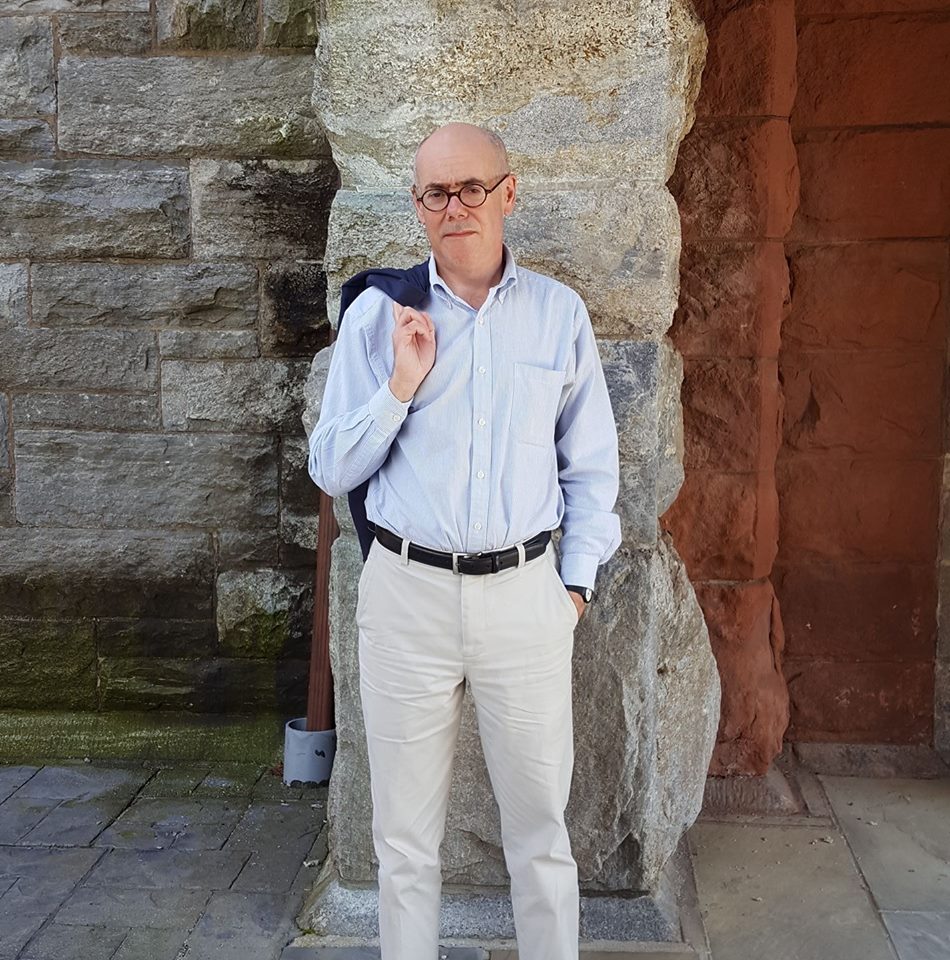Organized by:
- This event has passed.
Ornamental Delights: An UWS Walk with Francis Morrone
June 10, 2018 @ 2:00 pm - 4:00 pm
Event Navigation

Sunday, June 10th, 2:00pm-4:00pm
The Upper West Side is a wonderland of ornamental detail on building exteriors. Many of these visual marvels can be traced back to the speculative builders of the late 19th and early 20th centuries who typically hired anonymous immigrant artisans–carvers and molders–to create this ornament. These artisans, steeped in centuries of artistic tradition, were often supremely skilled, creating work that could surpass that of the famous sculptors who were often their day-job employers. We can see this today in the many examples of truly classical (as opposed to realist or naturalist) works decorating UWS buildings. Other times, the artisans’ work wasn’t classical at all, but as we’ll discover, the result is in no way less compelling.
From the iron fences of the Dakota, to the carved stone statuary on the outsides of the Dorilton and the Apthorp, to some of the city’s best examples of terra cotta, the Upper West Side is an outdoor museum of beautiful ornament that, more than anything else, links our building traditions to those of the Old World and to the handicraft traditions celebrated by John Ruskin.
Our guide: Architectural historian and fan favorite Francis Morrone (who also happens to have been named one of Travel + Leisure magazine’s 13 best tour guides in the world), is the author of eleven books, including “Guide to New York City Urban Landscapes” (W.W. Norton, 2013) and, with Henry Hope Reed, “The New York Public Library: The Architecture and Decoration of the Stephen A. Schwarzman Building” (W.W. Norton, 2011), as well as architectural guidebooks to Philadelphia and to Brooklyn. He was for six and a half years an art and architecture critic for the New York Sun. He teaches architectural and urban history at the New York University School of Professional Studies where he is the recipient of the university’s Excellence in Teaching Award.

